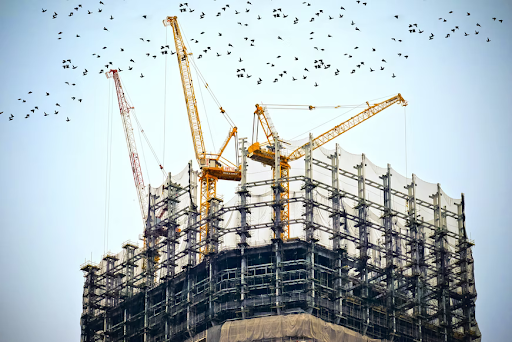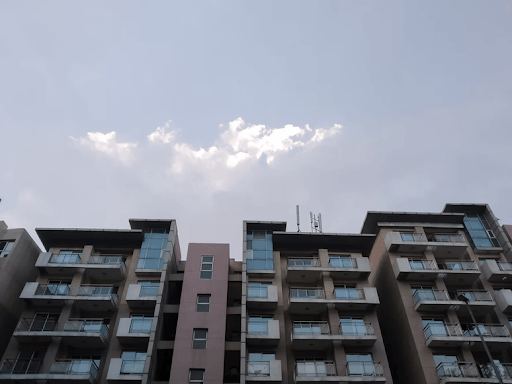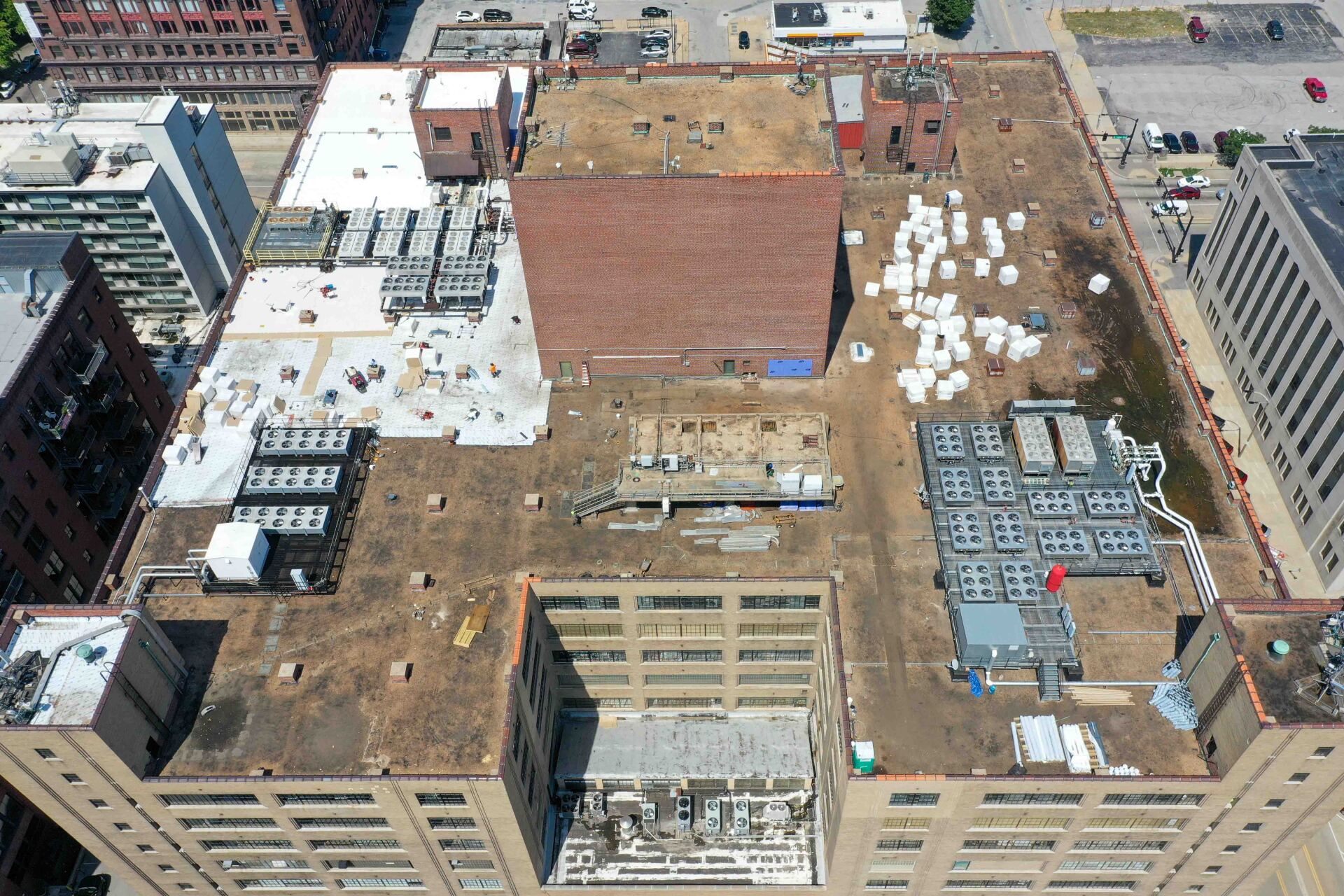A Guide to Commercial Construction

It’s easy to lump all commercial construction projects under one umbrella. Each project is nuanced and unique based on the client’s needs and the use of the property. It’s imperative to choose your commercial construction contractor wisely; they’ll understand all of those nuances and help build the property you’ve been envisioning.
Industrial-Commercial Properties
Commercial properties used for industrial purposes vary in size depending on what you’ll use them for -- most manufacturers would consider their facilities to be “heavy manufacturing”. They’re built to accommodate machinery and are heavily customized, which means another tenant would have to renovate the property to fit their needs. Light assembly can also house manufacturing operations, but they’re much more streamlined and could be reconfigured into storage facilities and office space.
Flex space is mixed-use and falls under the umbrella of industrial property, and can easily be converted to meet a variety of needs. Bulk warehouses span the range of 50,000-1,000,000 square feet in terms of footprint and need easy access for transportation to and from the property for distribution and logistics.

Multifamily Projects
Multifamily commercial properties are like a hybrid of residential and commercial real estate and are primarily used as investments. The multifamily classification ranges from something as small as “plex” properties (duplex, triplex, quadruplex) to large apartment buildings, which are defined by the number of stories they have.
Garden apartments are 3-4 stories with 50-400 units, no elevators, and surface parking. It’s a collection of apartment building clusters that share spaces like dog parks or common outdoor areas. Mid-rise apartments are usually in urban locations and stretch up to 12 stories with elevator service. High-rise apartments are located in larger markets and boast over 100 units.
Commercial Office Buildings
Similar to multifamily properties, office buildings are classified by size and usually fall into one of three categories: Class A, Class B, or Class C.
- Class A buildings are top of their class with regards to location and construction quality.
- Class B properties have better construction, but the location may not be the best.
- Class C are rundown, need rehabbing, and located in an undesirable area.
Central business district (CBD) office buildings are in the heart of metropolitan cities and include high-rise offices in downtown areas. Suburban office buildings are mid-rise and can be found outside the city center and often in office parks.
Retail Properties
Retail destinations like strip malls or shopping centers are small properties that may or may not include a more prominent anchor tenant that will help draw in shoppers like a grocery store or drugstore. These strip malls also contain a mix of different types of small retail businesses. Community retail centers are a bit larger and have multiple anchors and at least one restaurant.
Power centers are even larger and include smaller retailers and anchored by big box stores and generally contain several out parcels, which are pieces of land designated for standalone tenants like banks or restaurants with drive-throughs. Regional malls top the list, maxing out at 2,000,000 square feet.

Other Commercial Construction Projects
Hospitality: Full-service hotels can be found in business districts and tourist areas and offer amenities like full kitchens and event space. Limited-service hotels are boutique properties that don’t support those amenities. Extended stay hotels accommodate long-term guests and have large rooms and kitchens.
Healthcare: This includes hospitals, but it also includes outpatient clinics and even veterinarian hospitals. They can be standalone and complex or part of retail centers and even anchored in some strip malls. They’re open to all demographics and must be built with accessibility and wellbeing in mind.
Mixed-Use: When you build a property that combines any of the above commercial types, you’ll get what’s classified as mixed-use properties. They allow residents a “hub” where they can work, live, and enjoy entertainment and are becoming increasingly popular, especially in metropolitan or mid-sized cities.
When you are building a new business, you need to feel confident that you have dependable commercial contractors on the job. Without the proper project management, safety, and quality control, a project can quickly become a costly disaster.
At Wright Building Systems, we specialize in commercial construction in the Greater St. Louis region. Let us handle the details to give you stunning results—on time and within budget. Get in touch today!



